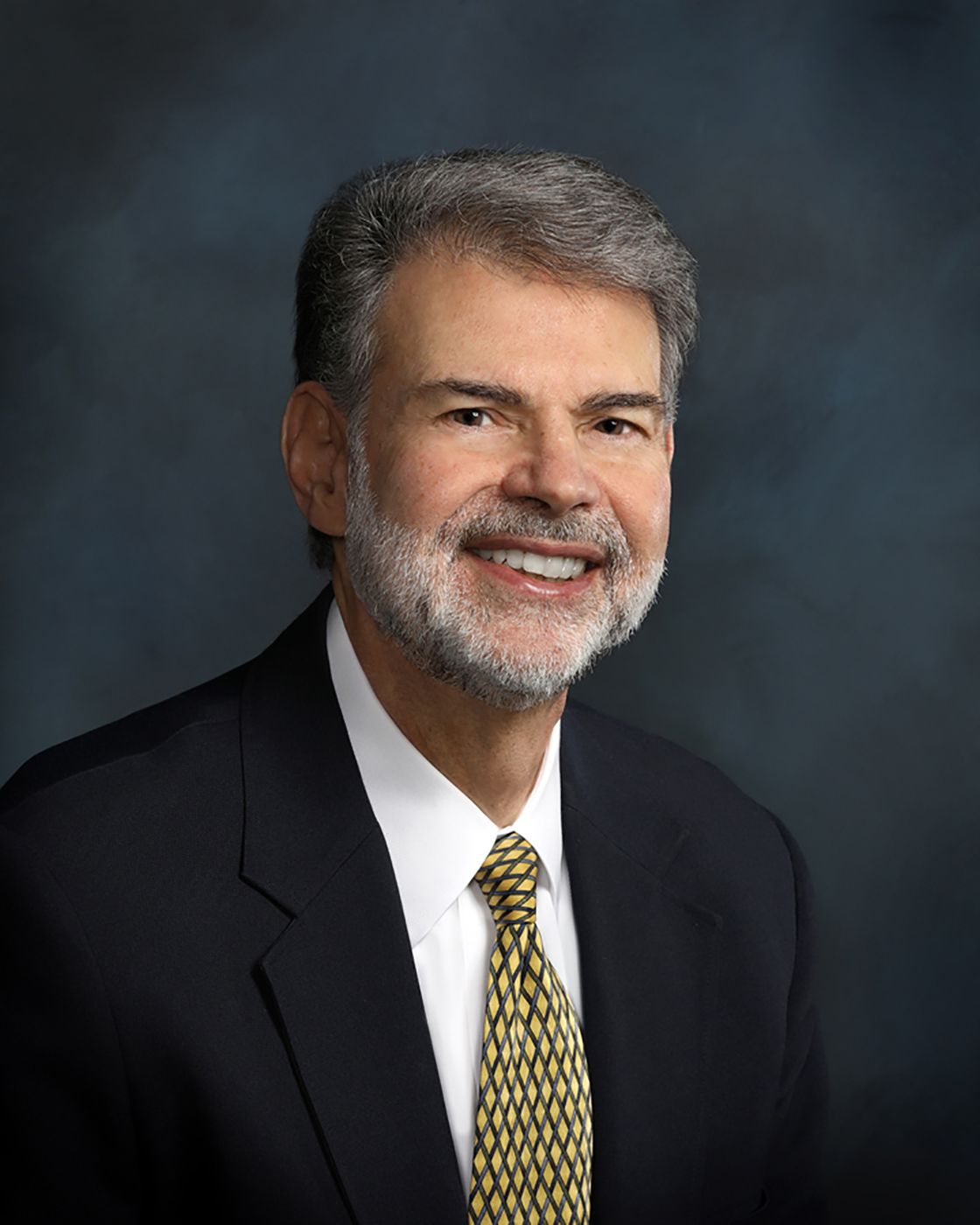Thursday, June 12, 2025
 The first long-term study involving three years of follow-up of osteopathic medical
care for chronic pain has been published in the Journal of Osteopathic Medicine. The research team was led by Dr. John Licciardone, executive director of the Osteopathic Research Center and regents professor at The University of North Texas Health Science Center at Fort Worth. Other team members included Subhash Aryal, Ph.D., a professor and biostatistician
affiliated with Johns Hopkins University, as well as Branden Adams, Kaylee Dahl and
Hanna Lewis, all students in the Texas College of Osteopathic Medicine at The University
of North Texas Health Science Center at Fort Worth’s Honors Research Practicum.
The first long-term study involving three years of follow-up of osteopathic medical
care for chronic pain has been published in the Journal of Osteopathic Medicine. The research team was led by Dr. John Licciardone, executive director of the Osteopathic Research Center and regents professor at The University of North Texas Health Science Center at Fort Worth. Other team members included Subhash Aryal, Ph.D., a professor and biostatistician
affiliated with Johns Hopkins University, as well as Branden Adams, Kaylee Dahl and
Hanna Lewis, all students in the Texas College of Osteopathic Medicine at The University
of North Texas Health Science Center at Fort Worth’s Honors Research Practicum.
The article, titled “Chronic pain outcomes among patients treated by osteopathic vs. allopathic physicians: a 36-month follow-up study,” is based on national data collected by the Pain Registry for Epidemiological, Clinical and Interventional Studies and Innovation (PRECISION) at UNTHSC.
The research found that patients with chronic lower back pain treated by osteopathic physicians reported better outcomes for pain, function and health-related quality of life than those patients treated by allopathic physicians. These outcomes were most consistently and strongly mediated by osteopathic physician empathy and, to a lesser extent, by osteopathic manipulative treatment — manual techniques sometimes used by osteopathic physicians to treat musculoskeletal conditions.
“Our results pertaining to pain, function and health-related quality of life extend well beyond previous research, which generally has been limited to less than 12 months of follow-up,” said Licciardone. “The use of PRECISION data enabled us to not only conduct this long-term study, but also to learn about the impact of osteopathic medical care in real-world settings throughout the United States.”
Osteopathic physicians are uniquely positioned to treat patients with chronic lower back pain and to address the challenges of pain management due to their whole-person approach and their use of osteopathic manipulative treatment as an alternative to opioid therapy.
“A critical aspect of this research was the mediation analysis, which demonstrated that osteopathic physician empathy was a key factor in achieving better patient outcomes,” said Licciardone. “Although the American Medical Association now acknowledges that osteopathic manipulative treatment may be effective in patients with musculoskeletal conditions, the importance of the patient-physician relationship is often overlooked.”
For the students involved, the study served as both a learning opportunity and a reaffirmation
of osteopathic values.
Adams Dahl Lewis

Photos (from left to right) of Branden Adams, Kaylee Dahl, and Hanna Lewis, students in The University of North Texas Health Science Center at Fort Worth’s the Texas College of Osteopathic Medicine Honors Research Practicum
“I think this research has solidified my belief in the osteopathic tenets, like caring for the mind, body and spirit,” said Lewis. “Physician empathy can often be the most important factor for patient adherence to recommendations, honesty during a visit and patient empowerment to care for their health. Both the patient and provider benefit when they feel they are on the same team and working towards the same goals. As the study showed, creating an environment that fosters respect, and empathic communication can indeed improve patient outcomes.”
Lewis said she is grateful for the experience and the opportunity to learn directly from Licciardone.
“I am very proud to be a part of this research, and I hope to continue to do similar work in the future,” said Lewis. “It was rewarding to work with Dr. Licciardone, and I learned a lot from him. I think research in osteopathic medicine is vital to the success of our profession.”
Her classmate Kaylee Dahl echoed that sentiment, noting how significant chronic pain is in the lives of many patients and how this study may help shape future treatment approaches.
“Such a large portion of the population suffers from chronic pain, and it is our job as future physicians to help them find relief so they can continue living fulfilled lives and doing the things they enjoy,” said Dahl. She believes the study offers evidence-based tools for better managing pain.
“Whether this be through greater physician empathy or offering osteopathic manipulative treatment as an intervention, I hope this research provides a small step forward in improving outcomes,” Dahl said
Branden Adams, another student researcher, reflected on how empathy can influence the patient experience.
“Physician empathy is extremely important in patient care,” he said. “Think about your own experiences at the doctor’s office. We naturally choose to see the physician who makes us feel comfortable and understood.”
He added that strong patient-physician relationships are built on trust and that empathetic care encourages patients to open up, follow treatment plans and stay engaged in their health.
“Because of these factors, empathic physicians leave lasting impacts on their patients, which result in improved follow-up, adherence and health outcomes,” he said.
Licciardone hopes the study helps clarify the scope and effectiveness of osteopathic medicine in the United States, where osteopathic physicians are fully licensed to provide the complete range of medical care.
“Many people remain confused about the osteopathic medical profession,” said Licciardone. “An important reason for conducting this study was to highlight these outcomes pertaining to chronic pain in the United States. This contrasts with osteopaths in other nations, where they are not trained or licensed as physicians and provide only adjunctive care that is generally limited to manual therapies.”
Read the article here. To learn more about the PRECISION Pain Research Registry, contact Samantha Johnson at samantha.johnson@unthsc.edu or 817-735-0532.
From HSC Newsroom - Research by Steven Bartolotta